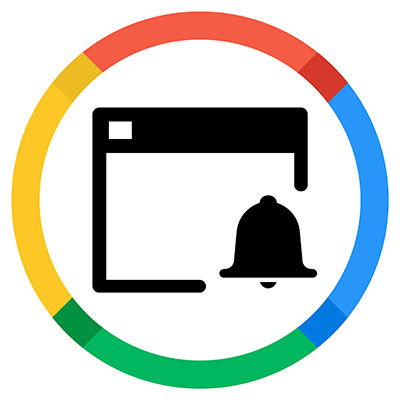Tip of the Week: Putting Google Alerts to Work for You

First, what are Google Alerts?
Google Alerts is a Tool Offered By Google to Deliver Content to You
Basically, you can sign up to receive an email if a topic you?ve specified is searched for and new content comes up as a result, specifying how often you want to receive this report.
What You Can Be Alerted To:
If you?re not sure what you might want these insights into, here are some examples of what you can monitor Google for:
- Industry News – Whatever your industry happens to be, there are bound to be changes and innovations occurring within it. A Google Alert can help you stay on the cutting edge by delivering news of these innovations directly to you.
- Mentions of Your Business and Services – It?s important that you know how your audience feels about your business and the quality of the services you offer. By defining the right Google Alert, you can better stay apprised of what people are saying.
- What Your Competitors and Customers Are Doing – Your business certainly doesn?t exist in a bubble. The more you know about both your competition and your clientele, the better equipped you?ll be to respond to either. Maybe one of your clients accomplished something big and you?re now able to reach out and congratulate them, or you?ll be alerted that your competition has started a new service you?ll need to contend with.
Naturally, all of these bits of data could certainly be useful to know, and having it delivered as an email is perhaps the easiest way to find out about each of them.
How to Set Up a Google Alert
Making this whole process even better, it?s really pretty easy to set up a Google Alert that works for your needs:
- Visit google.com/alerts (you may be prompted to log in)
- Conduct a sample search for the alert you are considering, tweaking your search until you?re satisfied with your results
- As you do so, use the Show Options feature to adjust a variety of settings that apply to your delivered results, including the language, region, and even how often you want a report.
- Once you are happy, click Create Alert
If you change your mind later, you can even delete your alerts by simply Unsubscribing via the alert email itself.
We certainly hope you find this feature useful!


